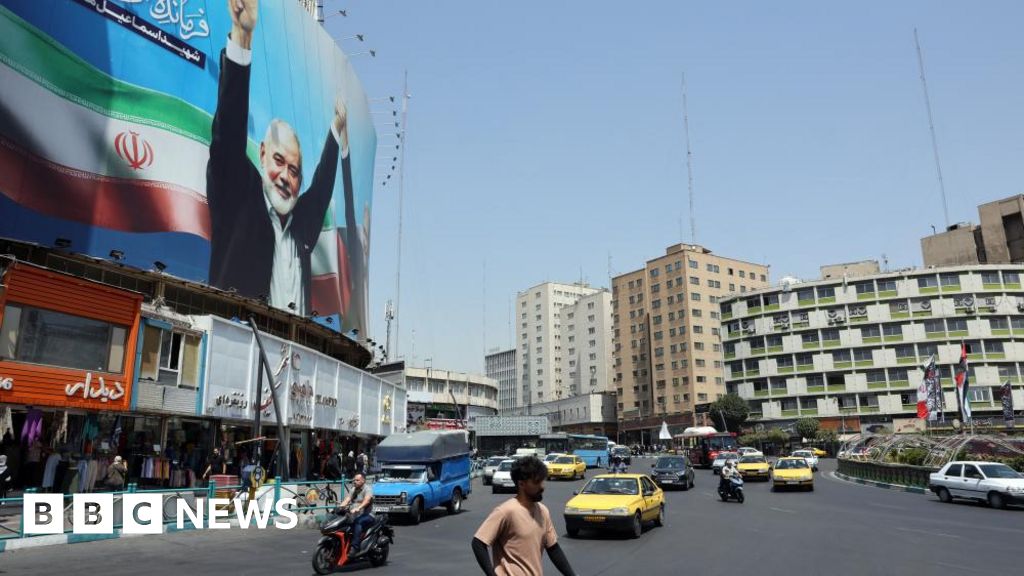Iran vs. Israel: A Complex Military Landscape
When it comes to size and population, Iran dwarfs Israel—boasting nearly 90 million people compared to Israel’s 9 million, and a landmass that’s significantly larger. However, sheer numbers don’t always equate to military might. Despite its vast resources, Iran’s military capabilities face challenges that complicate its position in the region, especially when compared to Israel’s advanced defense systems and strategic prowess.
Iran’s Military Investments
Iran has poured substantial resources into developing its military, particularly in missiles and drones. The country has built a formidable arsenal and has been known to supply significant quantities of military equipment to its allies, such as the Houthis in Yemen and Hezbollah in Lebanon. This strategy not only extends Iran’s influence across the region but also showcases its commitment to bolstering its military presence.
In recent years, Iran has also upgraded its air defense systems and fighter jets, with assistance from Russia. The partnership has seen Iran receiving advanced military technology, including Su-35 fighter planes and the S-300 air defense missile system. This collaboration is particularly noteworthy given the backdrop of Russia’s ongoing conflict in Ukraine, where Iran has provided military support in exchange for technological advancements.
Israel’s Advanced Air Force
On the flip side, Israel boasts one of the most sophisticated air forces globally. According to the International Institute for Strategic Studies (IISS), Israel operates at least 14 squadrons of advanced jets, including the renowned F-15s, F-16s, and the cutting-edge F-35 stealth fighter. This technological edge is complemented by Israel’s extensive experience in conducting airstrikes deep within enemy territory, a capability that adds a layer of strategic advantage.
Geographically, the distance between Iran and Israel poses a challenge for Israeli operations. The shortest route is about 1,000 kilometers (620 miles), while the distance from Tel Aviv to Tehran stretches to approximately 1,600 kilometers. This distance exceeds the operational range of many of Israel’s aircraft without refueling, making direct strikes more complicated.
The Nuclear Question
The nuclear capabilities of both nations add another layer of complexity to their military dynamics. While Israel is widely believed to possess nuclear weapons, it maintains a policy of ambiguity regarding its arsenal. In contrast, Iran does not have nuclear weapons but is suspected by Western nations of pursuing a covert nuclear weapons program. Iran has consistently denied these allegations, asserting that it has no intention of developing nuclear arms.
Both countries have civilian nuclear programs, but Iran has faced scrutiny for potentially running a parallel program aimed at enriching uranium for military purposes. In May, the head of the global nuclear watchdog warned that Iran was "weeks rather than months" away from having enough material for a nuclear bomb. However, this statement doesn’t imply that Iran is on the brink of developing a nuclear weapon, as it would still need to enrich that material to military-grade levels and develop warheads, which it is not believed to possess.
Diplomatic Tensions and Treaties
The nuclear landscape is further complicated by international treaties. Iran is a signatory to the Nuclear Non-Proliferation Treaty (NPT), which aims to prevent the spread of nuclear weapons and mandates inspections of nuclear facilities to ensure they are used for peaceful purposes. Conversely, Israel has never signed the NPT, which raises questions about its nuclear capabilities and intentions.
The 2015 UN-backed nuclear deal with Iran, which aimed to limit its nuclear activities in exchange for lifting economic sanctions, has largely collapsed since the U.S. withdrew from the agreement in 2018. Following this, Iran has ramped up its nuclear program, leading to increased tensions in the region.
Conclusion
In summary, while Iran’s geographical size and population may suggest a military advantage over Israel, the reality is far more nuanced. Israel’s advanced air force, strategic capabilities, and nuclear ambiguity create a complex military landscape where numbers alone do not determine power. As both nations navigate their military strategies and international relations, the balance of power in the region remains a topic of significant interest and concern.



